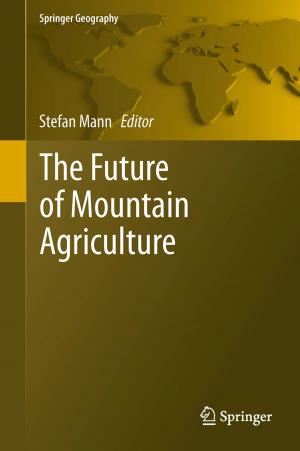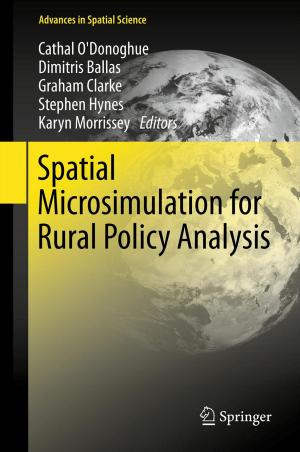Wild Crop Relatives: Genomic and Breeding Resources
Millets and Grasses
Nonfiction, Science & Nature, Science, Biological Sciences, Botany, Technology, Agriculture & Animal Husbandry| Author: | ISBN: | 9783642142550 | |
| Publisher: | Springer Berlin Heidelberg | Publication: | December 3, 2010 |
| Imprint: | Springer | Language: | English |
| Author: | |
| ISBN: | 9783642142550 |
| Publisher: | Springer Berlin Heidelberg |
| Publication: | December 3, 2010 |
| Imprint: | Springer |
| Language: | English |
Wild crop plants play a significant part in the elucidation and improvement of the genomes of their cultivated counterparts. The 10-volume Wild Crop Relatives: Genomic and Breeding Resources offers a comprehensive examination of wild crops as a gold mine for breeding. It details the status, origin, distribution, morphology, cytology, genetic diversity and available genetic and genomic resources of numerous wild crop relatives, as well as of their evolution and phylogenetic relationship. Further topics include their role as model plants, genetic erosion and conservation efforts, and their domestication for the purposes of bioenergy, phytomedicines, nutraceuticals and phytoremediation.
Wild Crop Relatives: Genomic and Breeding Resources comprises 10 volumes on cereals, millets and grasses, oilseeds, legume crops and forages, vegetables, temperate fruits, tropical and subtropical fruits, industrial crops, plantation and ornamental crops, and forest trees. It contains 126 chapters contributed by 380 authors from 39 countries.
Wild crop plants play a significant part in the elucidation and improvement of the genomes of their cultivated counterparts. The 10-volume Wild Crop Relatives: Genomic and Breeding Resources offers a comprehensive examination of wild crops as a gold mine for breeding. It details the status, origin, distribution, morphology, cytology, genetic diversity and available genetic and genomic resources of numerous wild crop relatives, as well as of their evolution and phylogenetic relationship. Further topics include their role as model plants, genetic erosion and conservation efforts, and their domestication for the purposes of bioenergy, phytomedicines, nutraceuticals and phytoremediation.
Wild Crop Relatives: Genomic and Breeding Resources comprises 10 volumes on cereals, millets and grasses, oilseeds, legume crops and forages, vegetables, temperate fruits, tropical and subtropical fruits, industrial crops, plantation and ornamental crops, and forest trees. It contains 126 chapters contributed by 380 authors from 39 countries.















